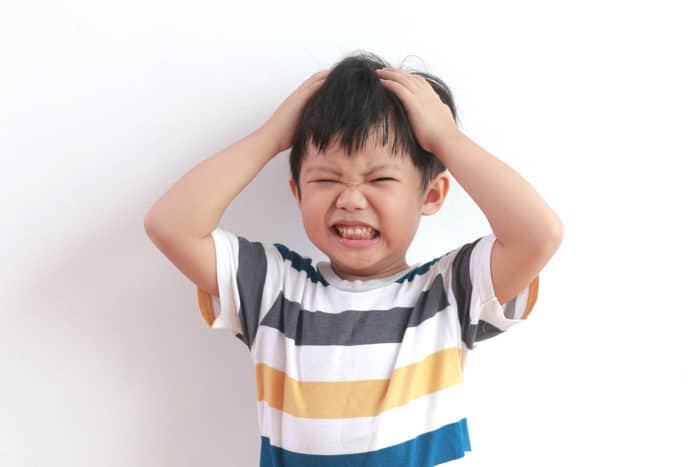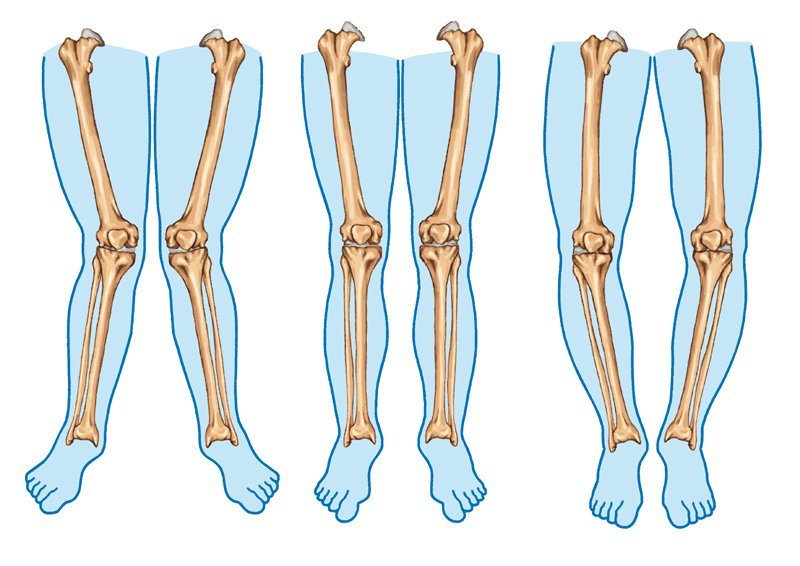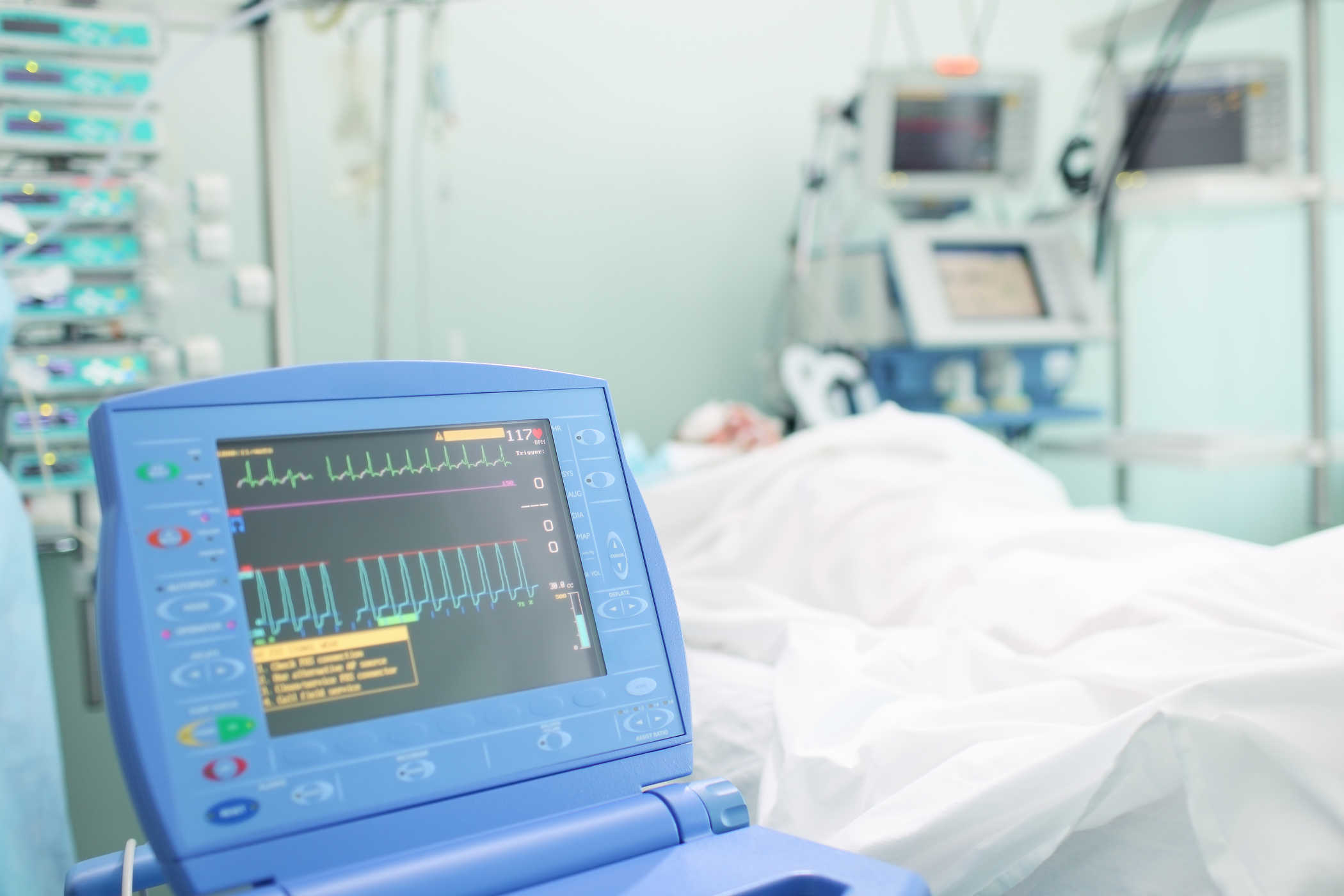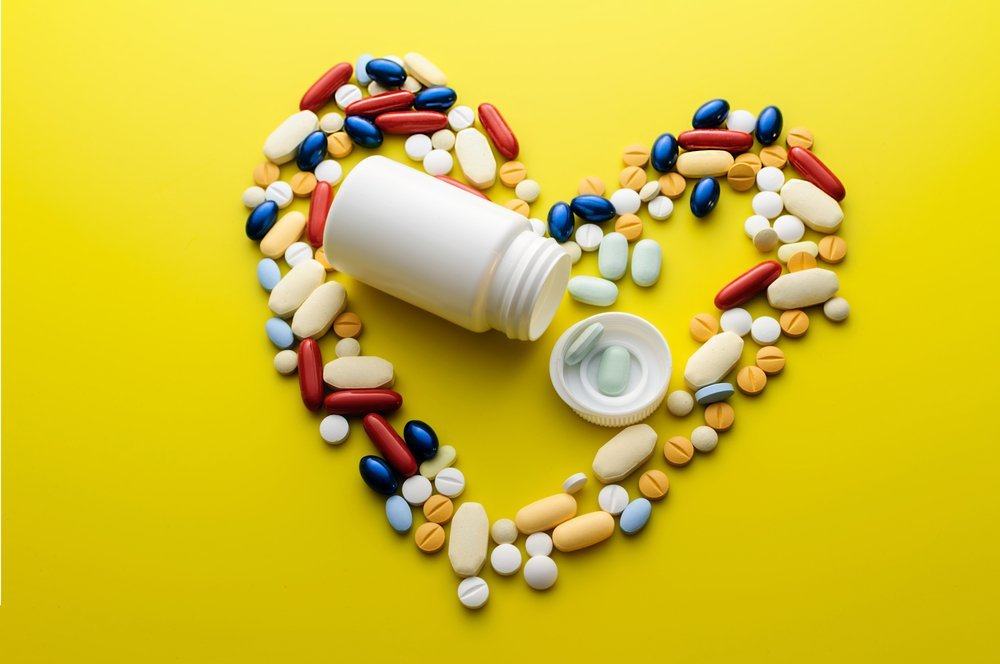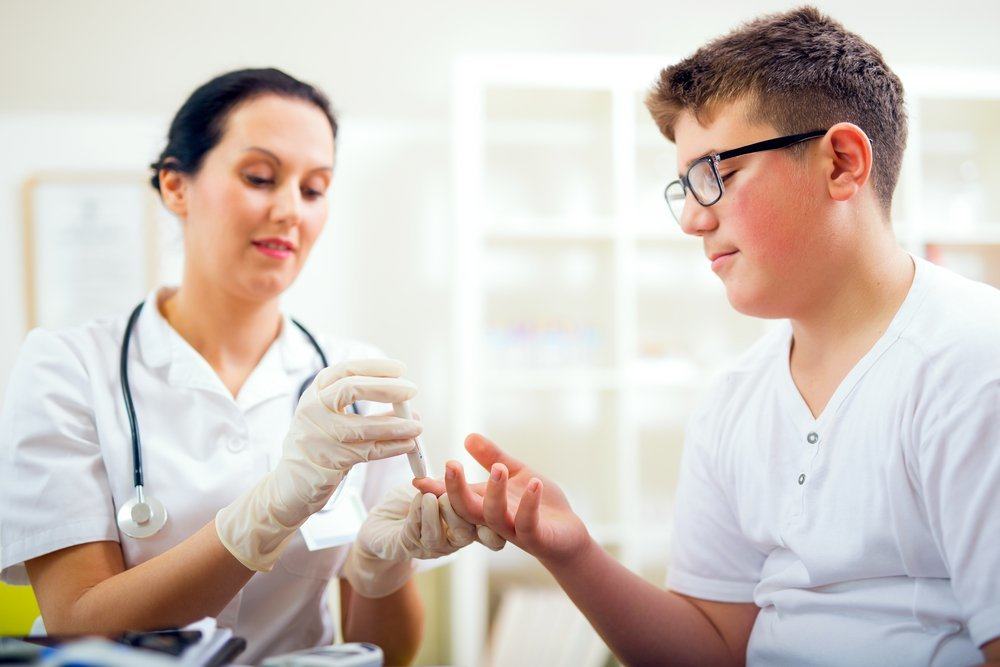Contents:
- Medical Video: PANDAS Often Misdiagnosed In Kids, Can Lead To Sudden Behavioral Changes
- PAND's Syndrome, an infection that makes children aggressive
- What causes PANDA's syndrome?
- What are the symptoms of strep bacterial infection in children?
- Who is at risk for this condition?
- How can this disease be diagnosed?
- Treatment for children with PANDA's syndrome
Medical Video: PANDAS Often Misdiagnosed In Kids, Can Lead To Sudden Behavioral Changes
Streptococcus (strep) is a bacterium that can develop very easily in the surrounding environment, making it easy to attack anyone, especially children. These bacteria can cause mild infections of the skin as well as sore throat. However, one type of bacteria, namelyStreptococcus pyogenes recently known to cause PANDA's syndrome or serious bacterial infection in children.
PAND's Syndrome, an infection that makes children aggressive
This disease is known to be experienced by a child named Max who used to be healthy and active. However, from the age of 3 to 8 years, his weight did not increase.
The problem is followed by changes in behavior that are increasingly aggressive, beating, and irritable. In fact, Max often winks, sniffs, and shakes his head.
After being examined by 15 different health specialists, doctors provide various diagnoses such as eating disorders, depression, autism, anxiety disorders, and Tourette's syndrome. However, the diagnosis does not make Max better. Until he was declared to have a strep bacterial infection called PAND's syndrome.
PAND's syndrome (Pediatric Autoimmune Neuropsychiatric Disorders Associated with Streptococcus) is an autoimmune neuropsychiatric disorder due to strep bacteria. Bacterial infections in these children can change the personality, behavior, or development of the child.
What causes PANDA's syndrome?

The exact cause of this syndrome is not yet known. In 1994 Susan Swedo, MD, a chair of child health specialists and development sciences at the National Institute of Mental Health in Bethesda, Maryland, explained about bacterial infections in these children in his paper.
Swedo and colleagues studied children with obsessive-compulsive disorder (OCD) and discovered a new type of OCD. OCD is explained as a change in behavior and development of children due to infection with strep bacteria that attack healthy cells in the brain.
Strep can enter the body easily and hide smartly from the immune system. These bacteria may hide behind the molecule and normal body tissue, so that it is not detected by the immune system.
What are the symptoms of strep bacterial infection in children?
Symptoms of PAND syndrome occur suddenly, which will appear around 4 to 6 weeks after infection. The symptoms will interfere with activity and will worsen in two to three days.
The psychological symptoms of this syndrome include:
- Obsessive compulsive behavior
- Experience fear, panic attacks, and anxiety
- Mood changes easily and often yells
- Experiencing hallucinations
- Feel depressed and have suicidal thoughts
Physical symptoms due to this syndrome include:
- Often do unusual movements, such as winking or shaking your head
- Sensitive to light, sound and touch
- Motor skills such as writing get worse
- Hyperactive and unable to focus on something
- Memory problems
- Difficulty sleeping
- Refuse to eat
- Joint pain
- Wetting frequently
Who is at risk for this condition?
Bacterial infections in these children are most likely to occur in children aged 3 to 12 years. Compared to parents, strep bacteria are easier to attack children. Children are still not able to pay attention to the cleanliness of themselves and their surroundings.
How can this disease be diagnosed?
If the child shows unusual symptoms after an infection, immediately do a medical check-up with the doctor. Don't forget, bring a list of drugs used by the child beforehand. This helps the doctor to get a diagnosis of the disease.
To find out if the child is infected with strep bacteria, the doctor will take a small portion of the tissue in the throat or a blood test and urine test. The doctor will also ask for several criteria such as the following:
- Age of child
- Symptoms that can be severe at certain times
- The presence of obsessive compulsive behavior, Tourette's syndrome or both
- The presence of neuropsychiatric symptoms, such as hyperactivity, anxiety, change mood
Treatment for children with PANDA's syndrome
The treatment will focus on curing the infection and ensuring that the bacteria are completely lost from the body. Patients may be recommended for drug therapy.
Drug therapy with antibiotics to kill strep bacteria. The antibiotics commonly used are amoxicillin, azithromycin, or cephalosporin. In addition, antidepressant drugs are needed to help reduce a child's psychological symptoms, such as fluoxetine, fluvoxamine, sertraline, or paroxetine. These drugs will be given in small doses and increase slowly if needed.
In severe cases when the patient does not respond to medication, blood plasma exchange will be carried out to remove the wrong antibodies from the patient's blood. This procedure is also called intravenous immunoglobulin therapy.


